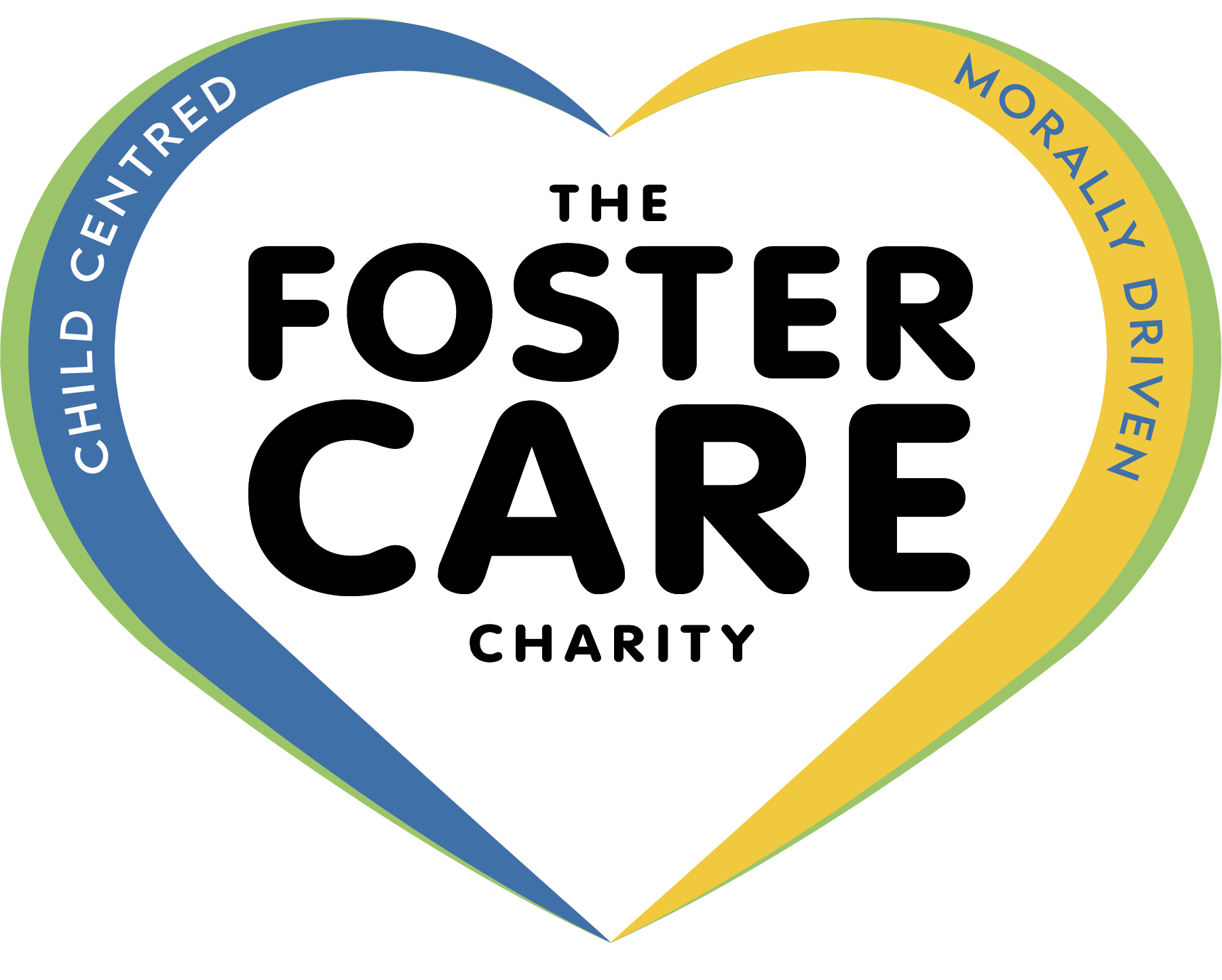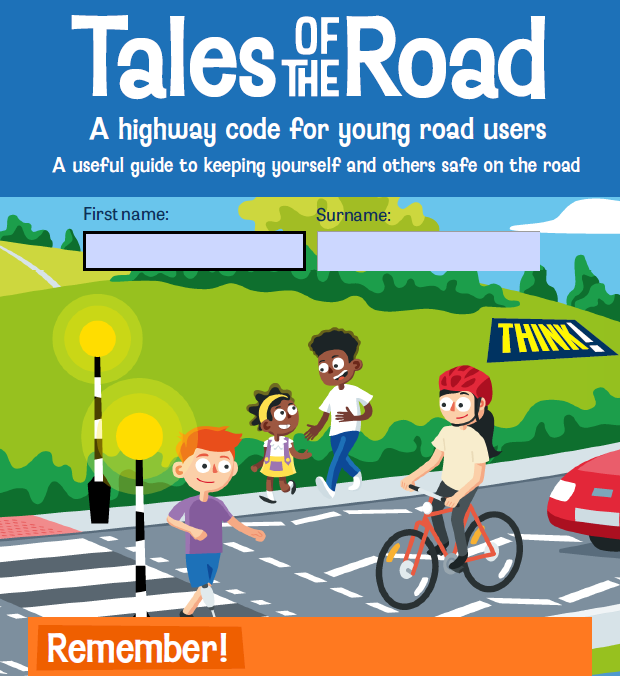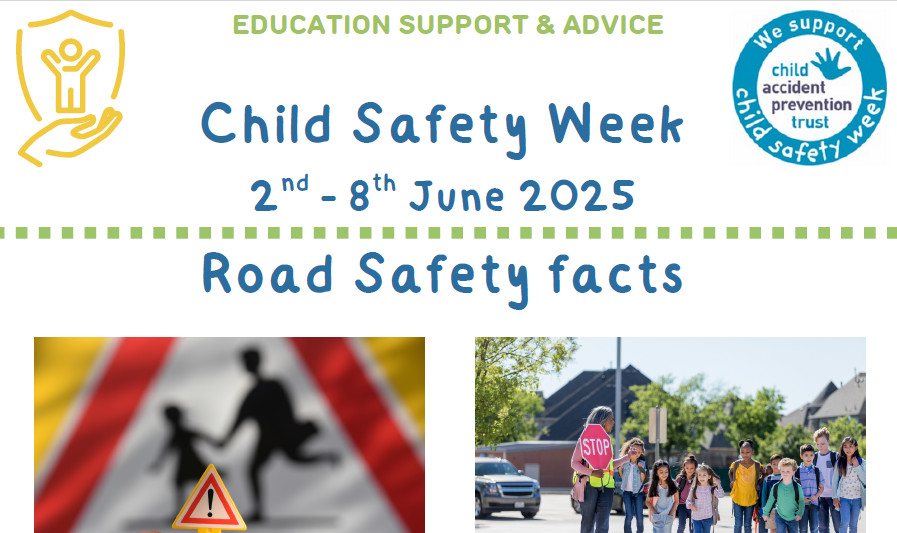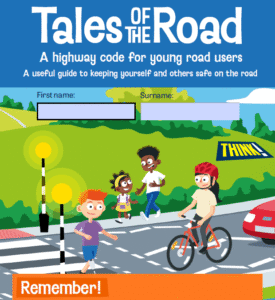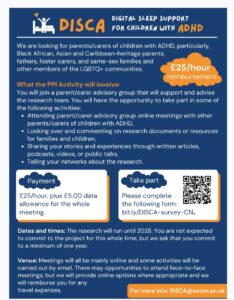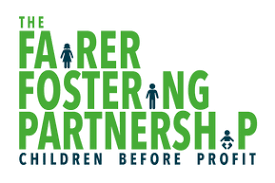🚦 Road Safety for All Ages: Helping Children Stay Safe with Confidence
Road safety is a life skill—and it’s one we build together, step by step.
Whether a child is walking to school, riding in a car, cycling with friends, or simply crossing a road, understanding how to stay safe in traffic is vital. For many children in care, these everyday moments can feel unfamiliar or uncertain. That’s why it’s so important we take time to talk about road safety in clear, simple, and empowering ways.
Children and young people in foster care may have missed out on consistent road safety messages. They might need extra time and support to feel confident in new routines. Using tools like social stories, visual aids, and interactive games helps children learn in a calm, predictable, and engaging way.
📘 What Are Social Stories—and How Can They Help?
Social stories are short, simple narratives that help children understand routines, situations, and expectations in a clear and supportive way. Originally developed to support autistic children, social stories are now widely used to help children who benefit from structure, visual cues, and emotional safety—making them ideal for many children in care.
Why They Work:
✅ They break down complex or unfamiliar situations into small, manageable steps.
✅ They use reassuring language to explain what will happen, what the child can do, and how others will respond.
✅ They reduce anxiety by creating predictability, especially in busy or high-risk environments like roads.
✅ They build understanding for children who might struggle with verbal instructions or sudden changes.
How to Use a Social Story for Road Safety:
Personalise It – Use your child’s name and familiar images (e.g., photos of your street or the zebra crossing by their school).
Keep It Simple – Use plain language and a consistent sequence, such as:
“When we go outside, I stay close to my carer.”
“We stop at the edge of the road.”
“We look left, right, and left again before we cross.”
“We cross together, holding hands.”
Read It Often – Go through the story together before outings and revisit it after, celebrating successes.
Use Visuals – Include pictures or icons that show each step clearly. For some children, real-life photos work best; for others, simple symbols or drawings may feel less overwhelming.
You can edit the provided social story template to suit your child’s age, abilities, and daily routine. If your child uses visual schedules or communication tools, you can align the story with these supports.
CResources to Support You
As part of Child Safety Week, a set of road safety resources has been created – click the link above. These tools are ideal for use at home, in everyday routines, or as part of learning time.
✅ For Carers
Road safety facts and tips for helping both younger and older children
Guidance on how to talk about road rules in a trauma-aware way
Editable social story to personalise with your child’s name, photos, or routine
✅ For Children
Toy cars and people can be used to role-play safe scenarios
The Virtual Road World app lets children explore a digital city safely
Printable colouring pages, posters, and games make learning fun
🎥 Try These Helpful Videos
“Expect the Unexpected” (Ages 7–12): Watch here
“Cool? Not Cool?” (Ages 13+): Watch here
Explore More Free Resources
📚 THINK! Road Safety Education Hub (Ages 3–16):
https://www.think.gov.uk/education-resources/
🎨 Brake: Teaching Resources for Schools and Carers
https://www.brake.org.uk/get-involved/for-professionals/teachers-and-youth-workers/teaching-resources
🎬 BBC Bitesize Road Safety for Young Children
https://www.bbc.co.uk/bitesize/articles/z62nxyc
💡 Final Thought
Taking time to talk about road safety helps children build independence, awareness, and trust. With the right support and resources, you’re not only keeping children safe—you’re helping them grow in confidence with every step.
Thank you for the support and care that you provide to the young people in your world!
